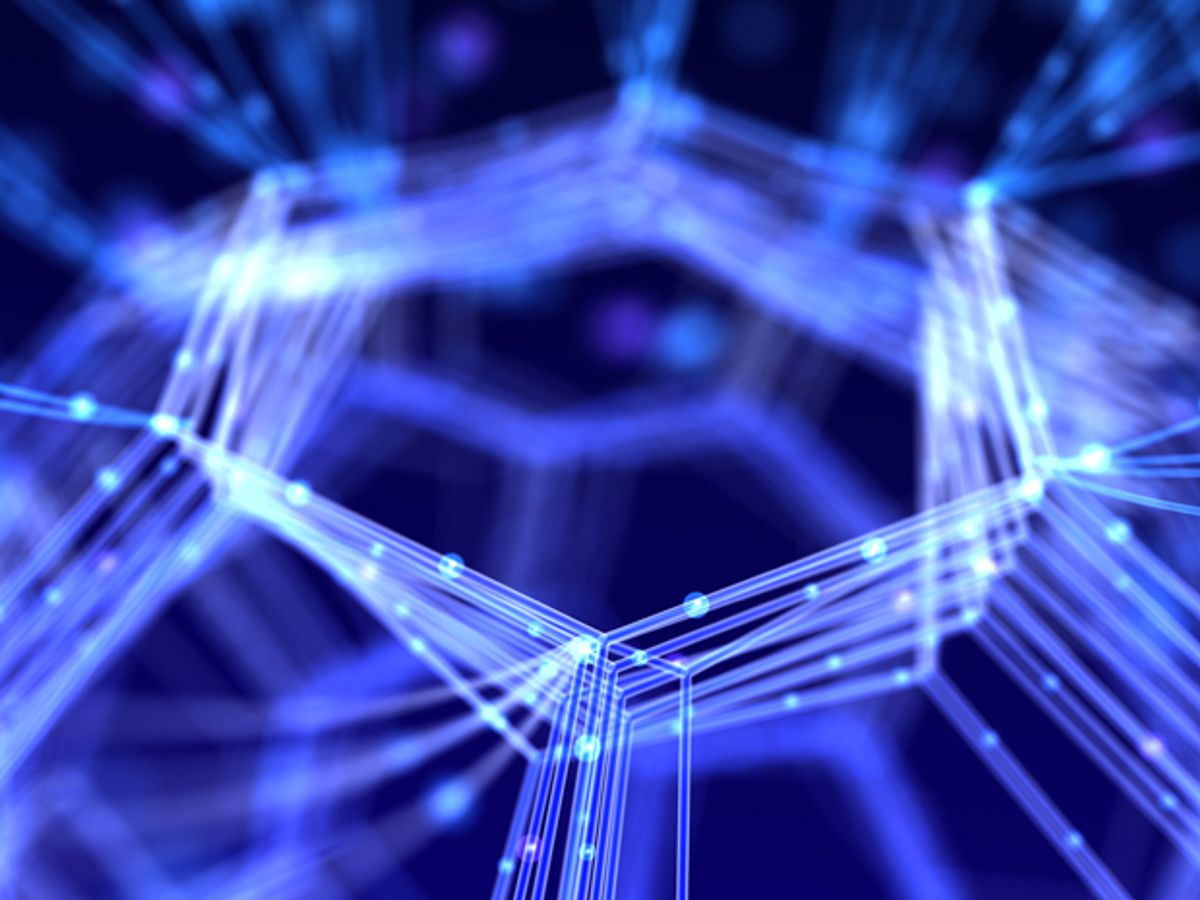Graphene is a conductor unlike anything seen before. Electrons are able to travel though it without resistance at room temperature, promising a new approach to electronics. It’s even been engineered to act like a semiconductor with a band gap for stopping and starting the flow of electrons, thus offering an alternative to silicon in electronics.
Despite these properties, and a host of others that seem to sprout up regularly, nobody had been able to make graphene behave as a superconductor, until now.
An international research team from Canada and Germany has been able to demonstrate that graphene can be made to behave as a superconductor when it’s doped with lithium atoms. The researchers believe that this new property could lead to a new generation of superconducting nanoscale devices.
Superconductors are materials that conduct electricity without resistance and without dissipating energy. In ordinary materials, electrons repel each other, but in superconductors the electrons form pairs known as Cooper pairs, which together flow through the material without resistance. Phonons, the mechanism that facilitates these electrons’ alliances are vibrations in lattice crystalline structures.
Graphene is not naturally a superconductor, and neither is its three-dimensional source—graphite. However, it was demonstrated a decade ago that graphite could be induced into behaving like a superconductor. If it’s possible with graphite, it should be with graphene, right?
Other research groups believed so and developed computer models demonstrating that combining graphene with lithium might do the trick. Lithium, they predicted, could contribute a lot of phonons to the graphene’s electrons.
In a research paper available on arXiv, the researchers demonstrated in physical experiments that the computer models were indeed correct in their predictions. Andrea Damascelli at the University of British Colombia in Vancouver, together with collaborators in Europe, grew layers of graphene on silicon-carbide substrates, then deposited lithium atoms onto the graphene in a vacuum at 8 K, creating a version of graphene known as “decorated” graphene.
In the testing and measuring of their material, the researchers found that the electrons slowed down as they travelled through the lattice, which they believe to be the result of enhanced electron–phonon coupling. The key observation was that this increased number of coupled pairs led to superconductivity, which the researchers measured by identifying an energy gap between the material's conducting and non-conducting electrons. That energy gap is equal to the amount of energy needed to break Cooper pairs.
The researchers who demonstrated last year the role phonons played in the superconductivity of graphite and calcium, Patrick Kirchmann and Shuolong Yang of the SLAC National Accelerator Laboratory, believe this latest work could usher in the fabrication of nanoscale superconducting quantum interference devices and single-electron superconductor quantum dots.
Dexter Johnson is a contributing editor at IEEE Spectrum, with a focus on nanotechnology.



